7 GPTs for Fashion Trend Analysis Powered by AI for Free of 2025
AI GPTs for Fashion Trend Analysis are advanced computational tools that leverage Generative Pre-trained Transformers technology to analyze and predict fashion trends. They are specifically designed to process and interpret vast amounts of data related to fashion, including styles, colors, patterns, and market dynamics. By utilizing natural language processing and machine learning capabilities, these GPTs offer tailored solutions that aid designers, retailers, and marketers in making informed decisions. Their relevance lies in their ability to provide real-time insights, forecast trends, and understand consumer preferences, thereby playing a crucial role in the fast-paced fashion industry.
Top 7 GPTs for Fashion Trend Analysis are: Shopping Assistant,Style Look Top,Reverse Fashion Search,穿搭打分,패션의류 상세페이지 도우미,FashionistaGPT,Style Savvy
Shopping Assistant
Your AI-Powered Stylish Shopping Guide
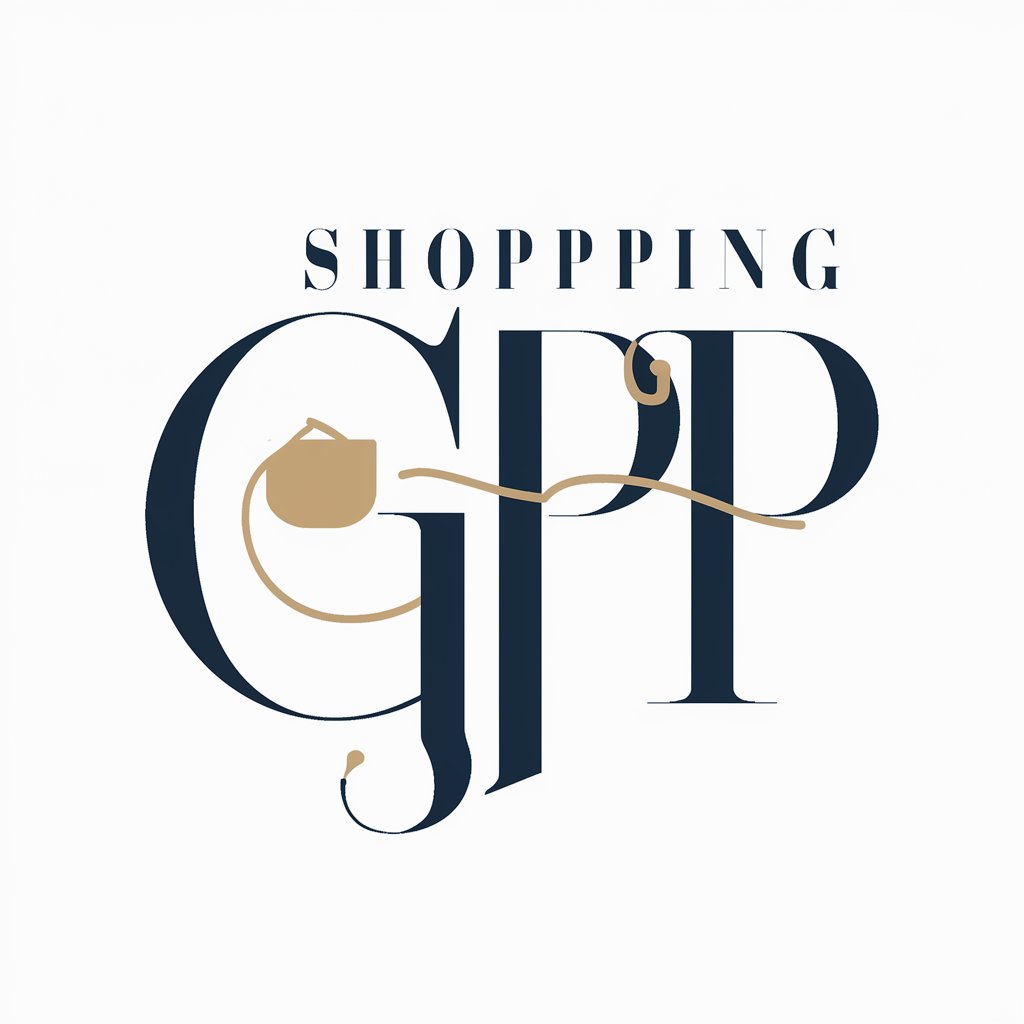
Style Look Top
Revolutionizing your style with AI
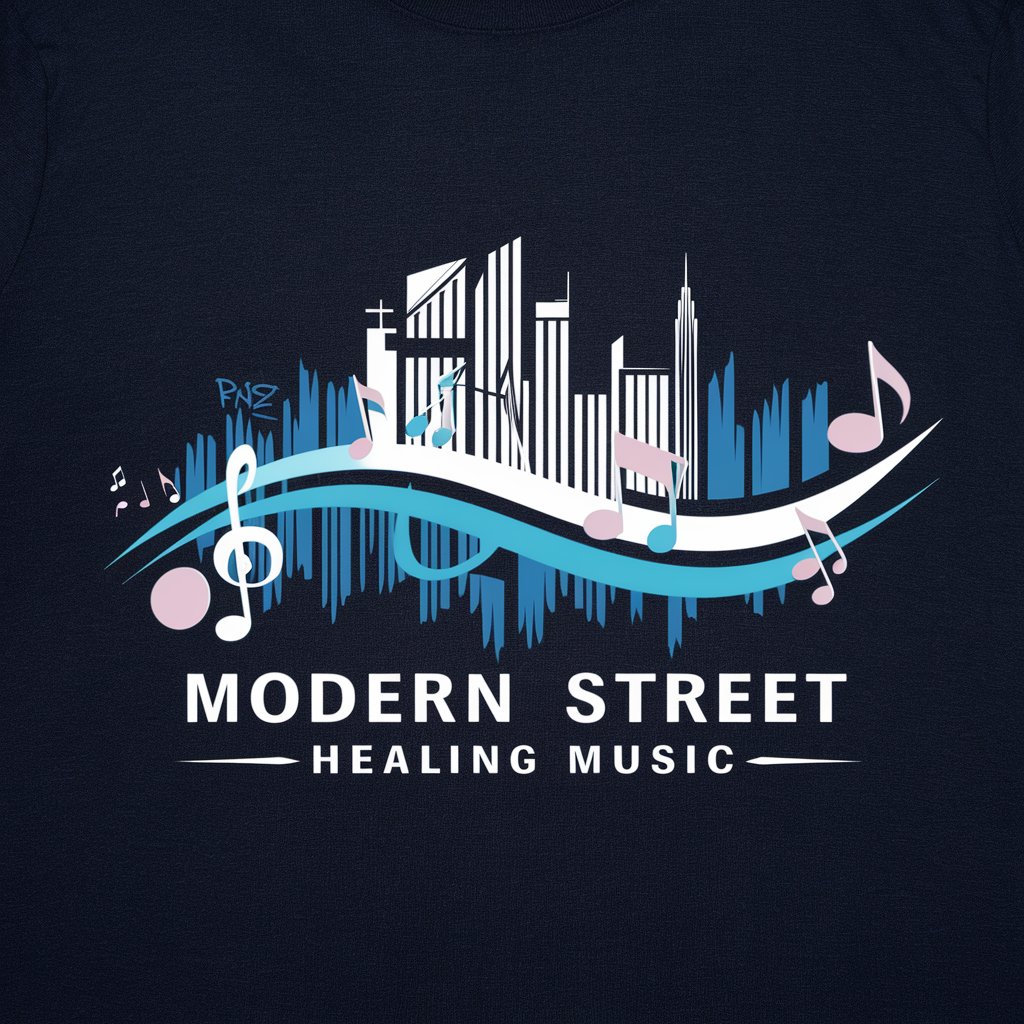
Reverse Fashion Search
Discover Your Style with AI-Powered Fashion Insights
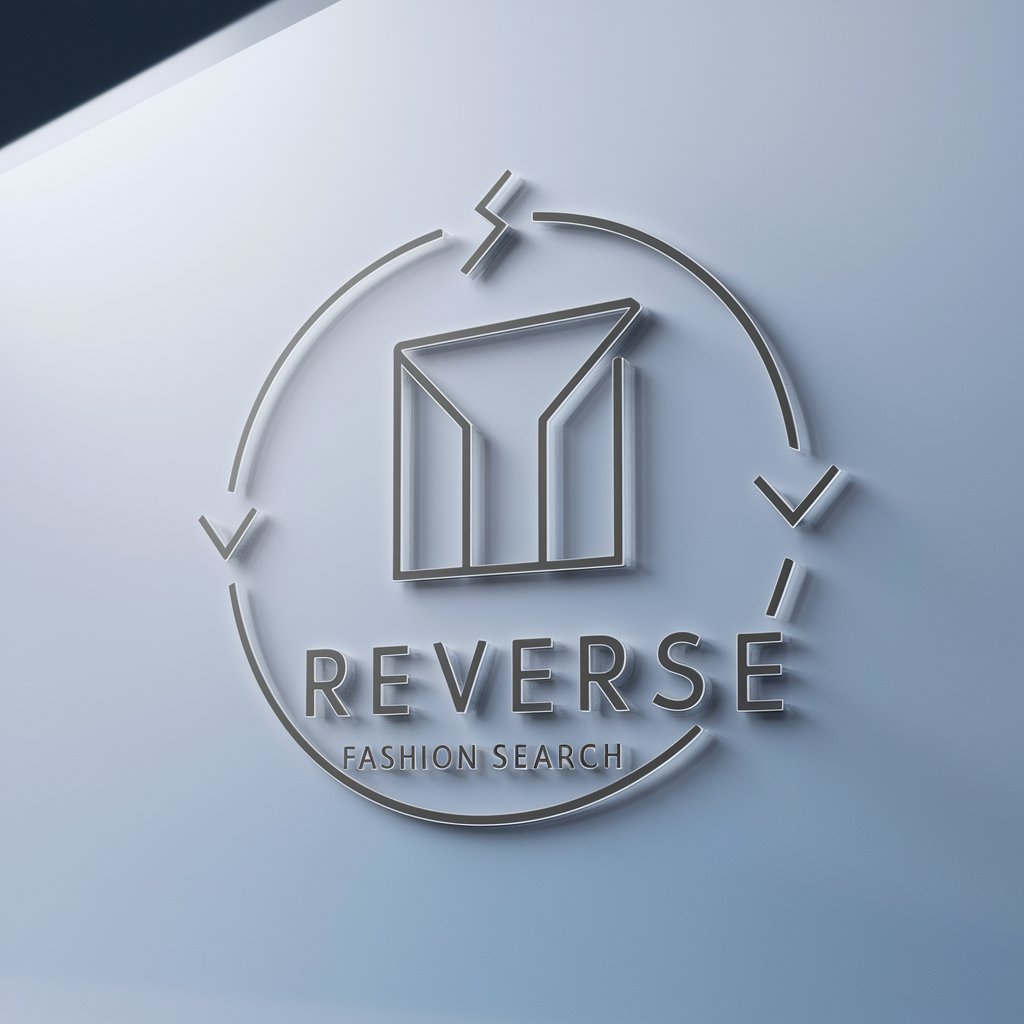
穿搭打分
Revolutionize Your Style with AI
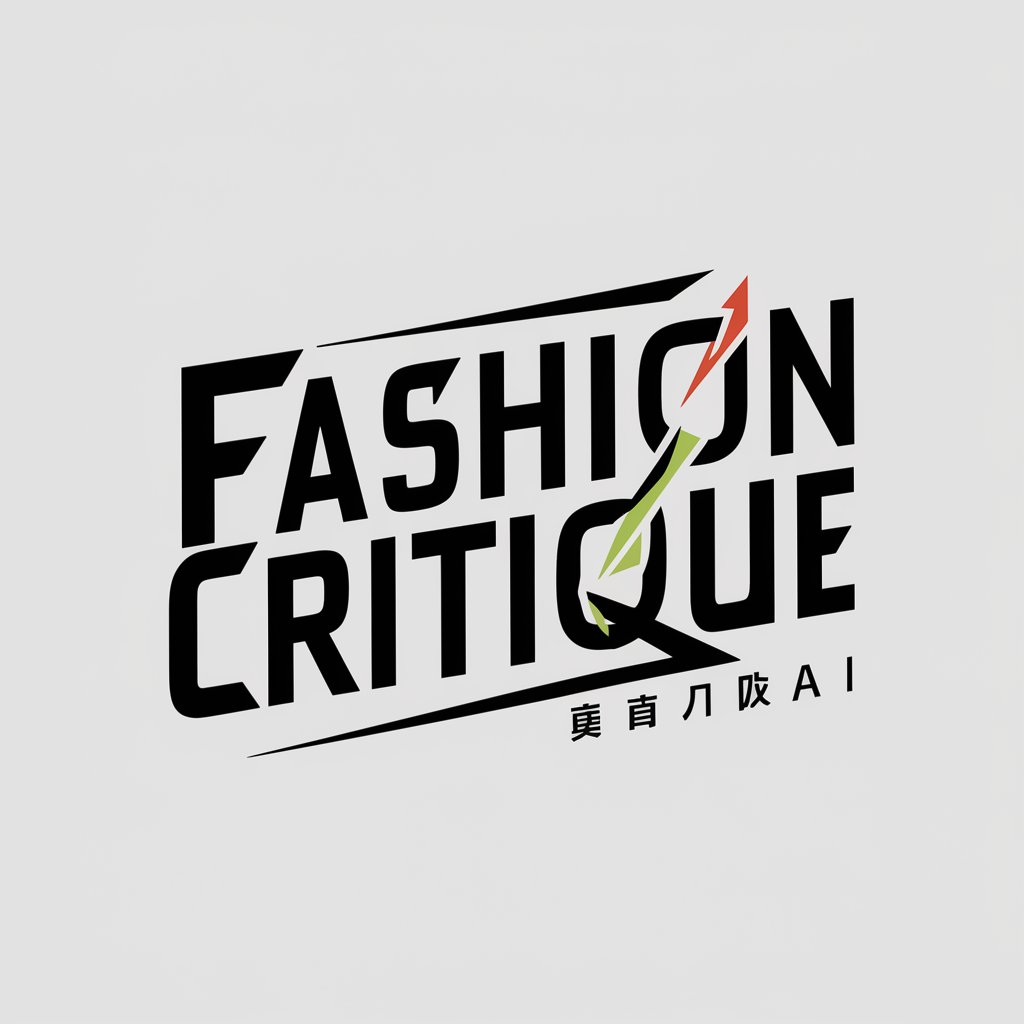
패션의류 상세페이지 도우미
Empower Your Fashion With AI
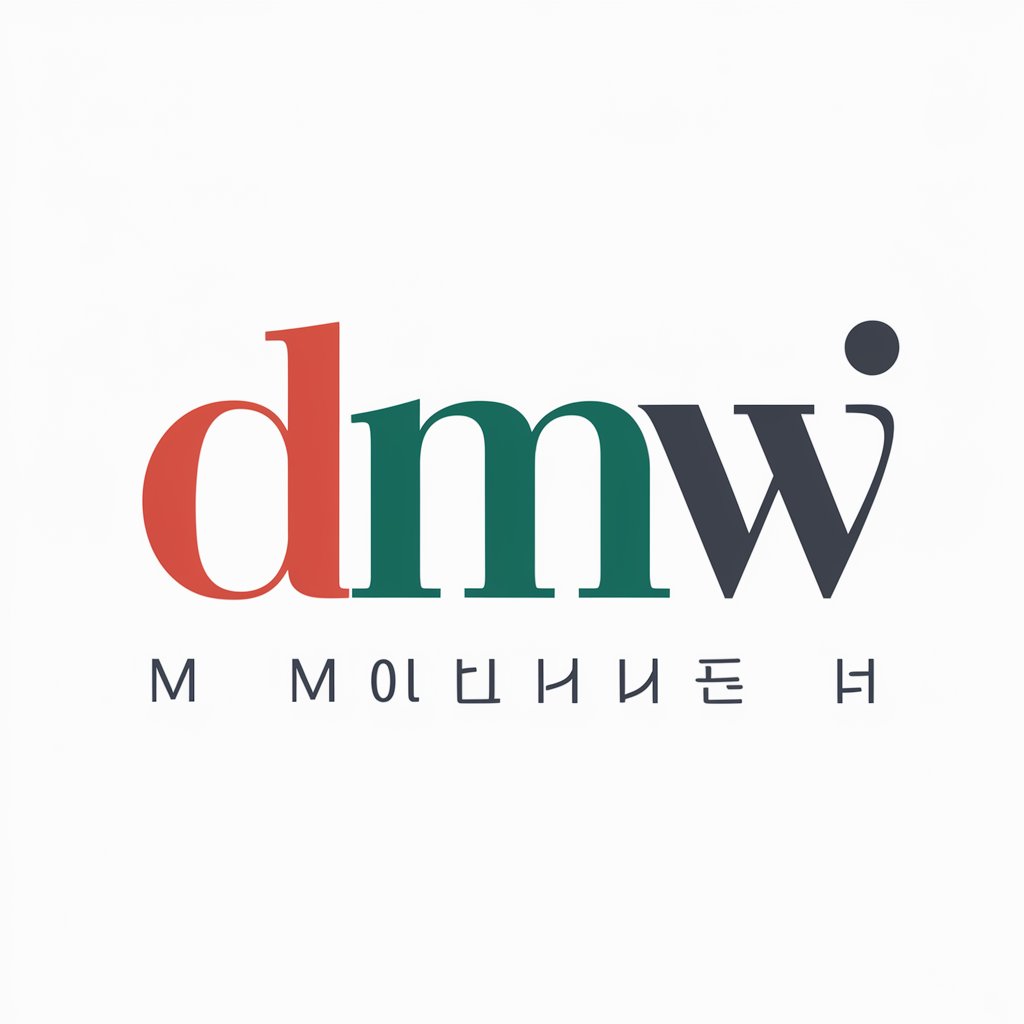
FashionistaGPT
Unleash Style with AI-powered Fashion Insight
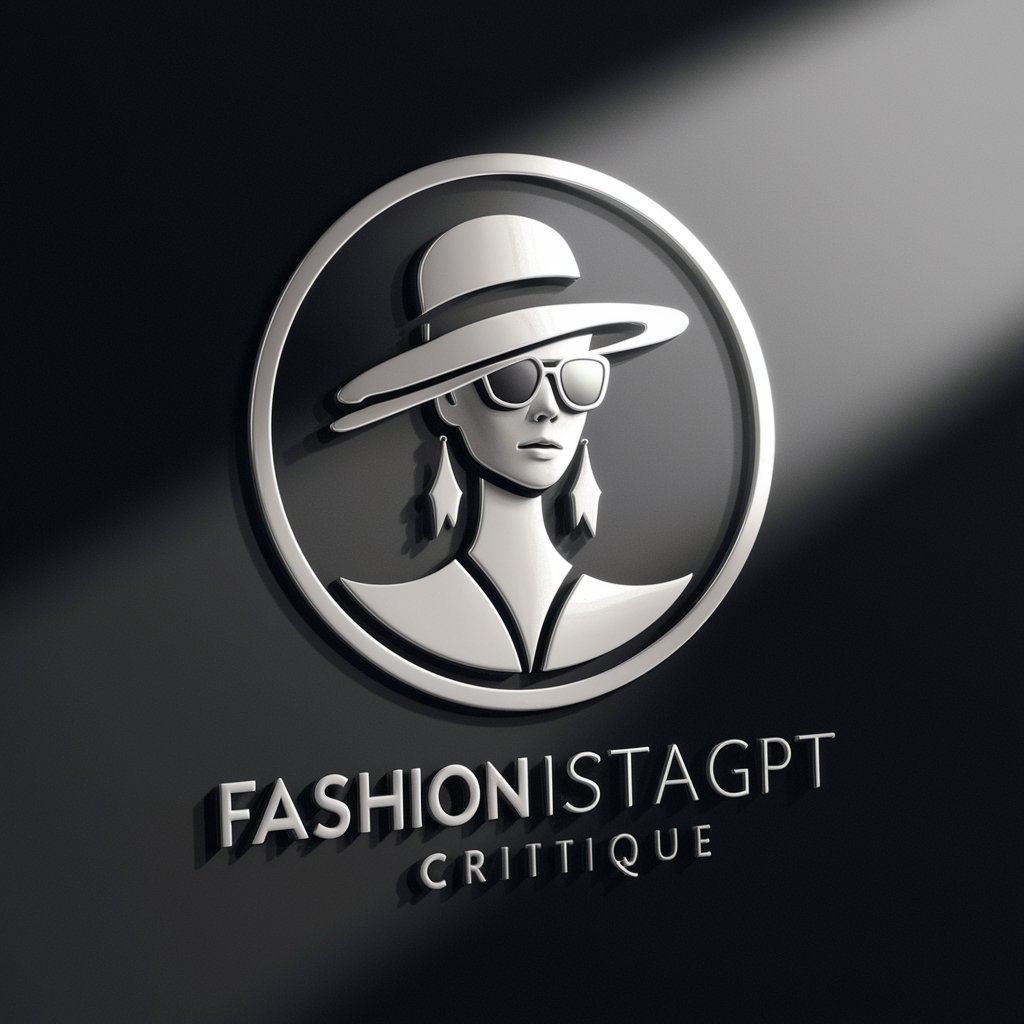
Style Savvy
Your AI-powered Style Companion
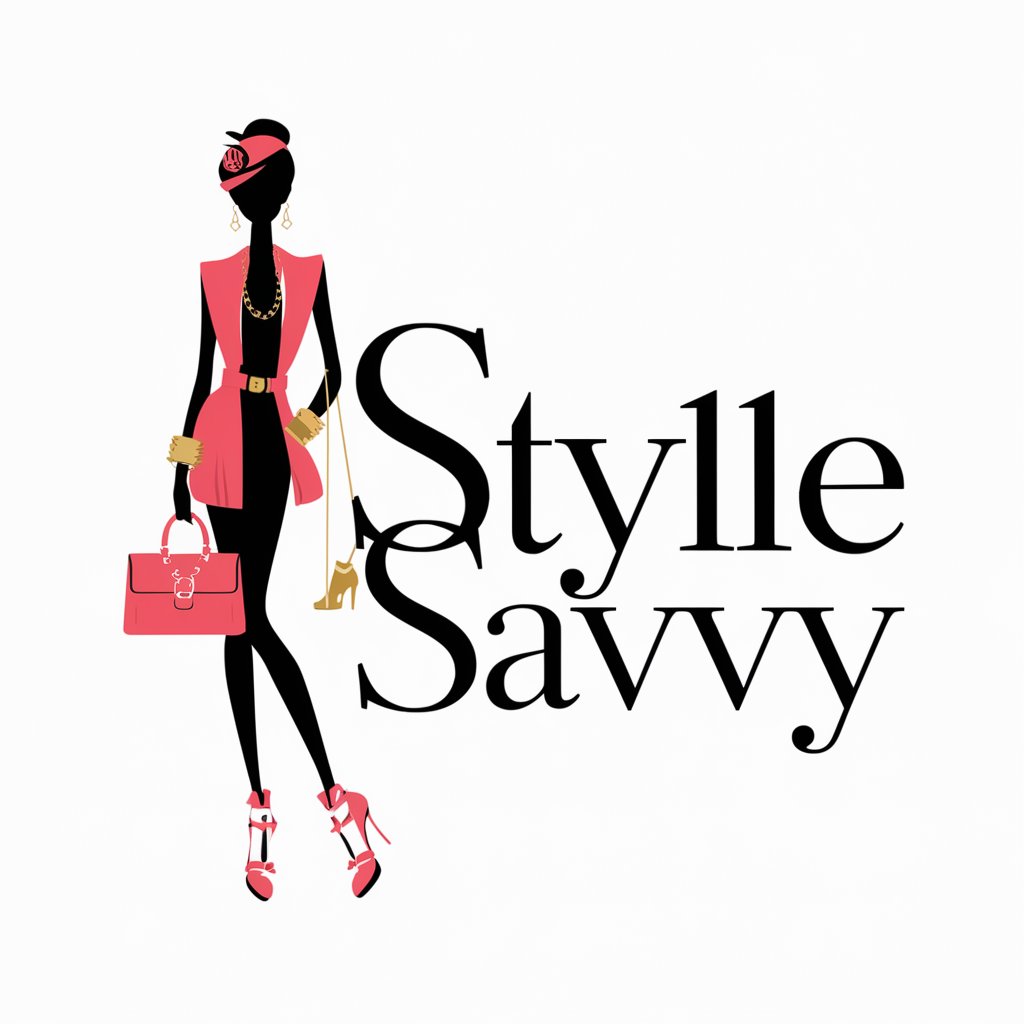
Distinctive Capabilities of Fashion AI GPTs
AI GPTs for Fashion Trend Analysis boast several unique characteristics and capabilities that set them apart. Key features include advanced data analysis, capable of sifting through extensive datasets to identify emerging trends and patterns. They support language learning, allowing them to understand and interpret fashion-related content. Technical support includes APIs for integration with other systems, and their adaptability ranges from basic trend tracking to complex predictive analytics. Some GPTs also offer web searching and image creation capabilities, enabling users to visualize trends and analyze social media content for real-time fashion insights.
Who Benefits from Fashion AI GPTs?
AI GPTs tools for Fashion Trend Analysis cater to a wide audience, from novices in the fashion industry to seasoned developers and fashion professionals. They are particularly beneficial for designers seeking inspiration, retailers optimizing stock levels, and marketers crafting targeted campaigns. The tools are accessible to those without coding skills, offering user-friendly interfaces, while also providing extensive customization options for those with programming expertise, making them a versatile resource in the fashion sector.
Try Our other AI GPTs tools for Free
Designer Consultation
Discover how AI GPT tools for Designer Consultation revolutionize the design process with tailored advice, creative solutions, and technical insights, making sophisticated design accessible to all.
Project Scalability
Discover AI GPTs for enhancing project scalability: adaptable, intelligent solutions for managing growth efficiently, suitable for novices and professionals alike.
Jazz Improvisation
Discover AI GPTs for Jazz Improvisation: your gateway to mastering jazz music through cutting-edge AI technology, designed for musicians and enthusiasts of all levels.
Composition Assistance
Explore AI-powered GPT tools for Composition Assistance, designed to enhance writing with automated, context-aware solutions for professionals and novices alike.
Performance Preparation
Discover how AI GPTs for Performance Preparation can transform your approach with customized, data-driven support for optimizing readiness and enhancing performance outcomes.
Fundraising Strategy
Explore AI GPTs for innovative Fundraising Strategy solutions, designed to enhance donor engagement and optimize campaigns through AI-powered analysis and insights.
Expanding Horizons with Fashion AI GPTs
AI GPTs for Fashion Trend Analysis revolutionize the way the fashion industry approaches trend forecasting and consumer analysis. With user-friendly interfaces, they are easily integrated into existing workflows, offering customized solutions across different sectors of the industry. These tools not only streamline the process of trend analysis but also enable a more data-driven and accurate approach to fashion design and marketing.
Frequently Asked Questions
What exactly are AI GPTs for Fashion Trend Analysis?
They are AI-driven tools that analyze fashion data to predict trends, using GPT technology for processing natural language and machine learning.
How can these tools predict fashion trends?
By analyzing vast datasets on fashion elements and consumer behavior, they identify patterns and preferences to forecast upcoming trends.
Who can use these AI GPT tools?
Anyone from fashion novices to professionals and developers, with or without programming skills.
What makes these tools unique in the fashion industry?
Their ability to process large volumes of data, provide real-time insights, and adapt to different levels of complexity in trend analysis.
Can these tools integrate with existing systems?
Yes, many offer APIs for easy integration with other software or systems, enhancing workflow efficiency.
Do I need coding skills to use these tools?
No, they are designed to be accessible to users without coding experience, though programming expertise allows for deeper customization.
Can these tools analyze images and social media content?
Yes, some GPTs have image creation and web searching capabilities, enabling analysis of visual content and social media for trend prediction.
How do these tools benefit the fashion industry?
They assist in making informed decisions by predicting trends, understanding consumer preferences, and optimizing product offerings and marketing strategies.